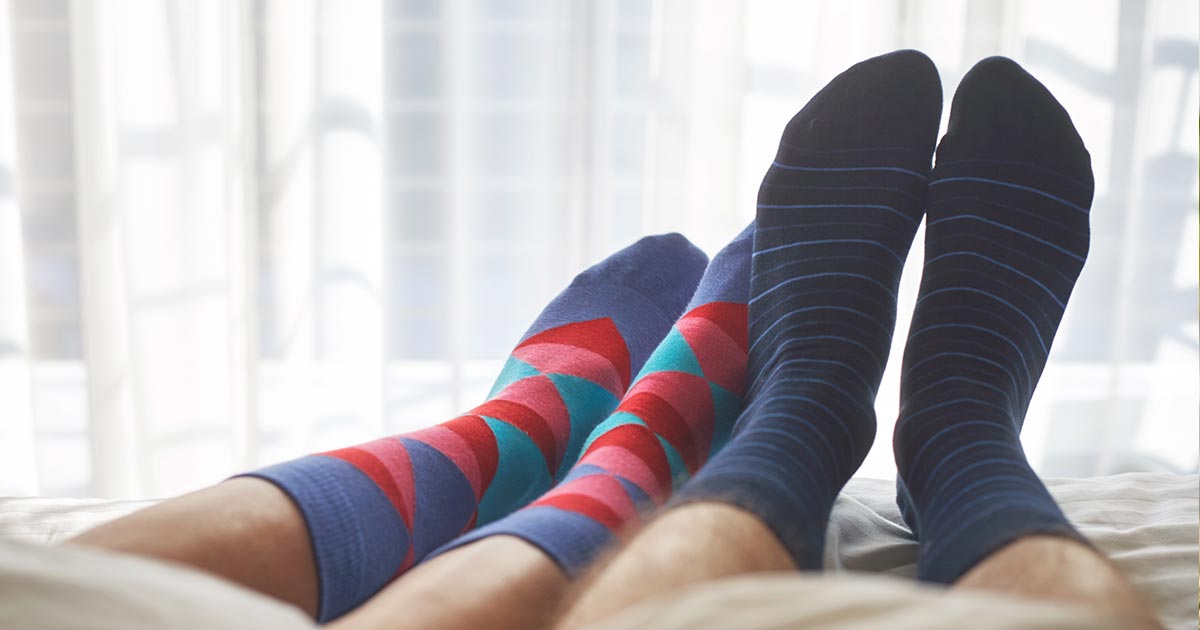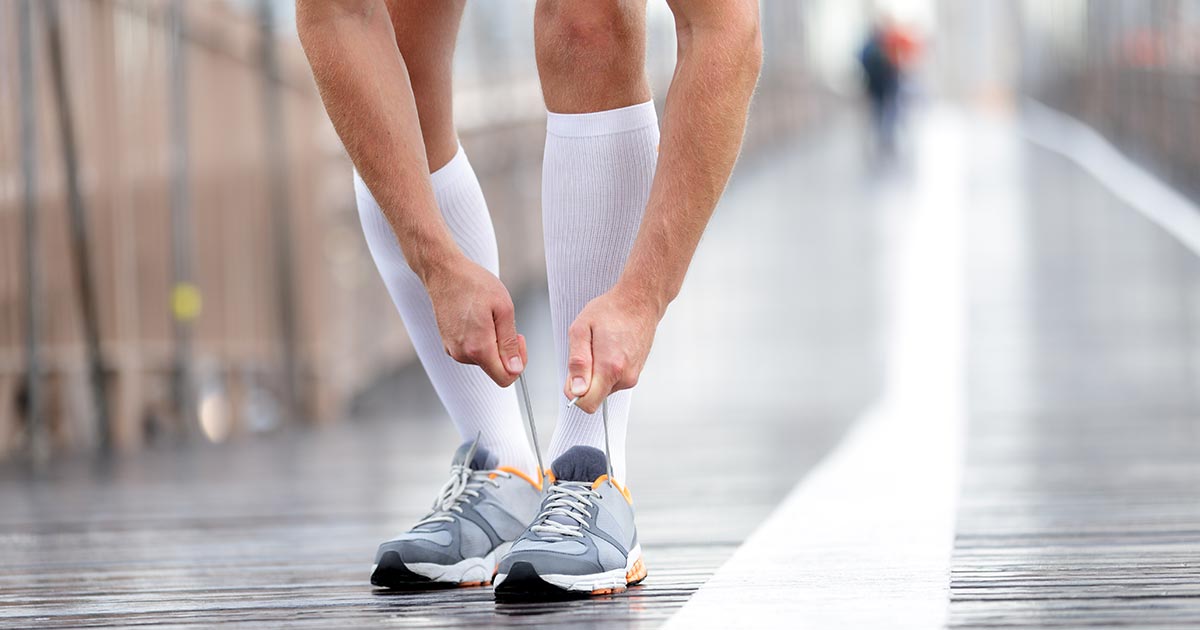While we don’t presently know when longhaul air travel will be permitted again, it’s wise to be prepared. After long periods of remaining still, especially in a seated position if you’re working from home, the deeper veins of the legs can become compressed, narrowed, or blocked. This makes it difficult for blood to travel back to the heart.
The formation of a blood clot within a deep vein results in partial or complete blockage of blood flow in the vein. This is known as deep vein thrombosis (DVT) and can be fatal if a clot forms, breaks away, and travels to the lungs, causing pulmonary embolism. Any type of travel lasting four or more hours increases your chance of developing a deadly blood clot, whether or not you have risk factors. Risk factors that add to the chance of developing DVT include the following:
- Being over 50 (risk increases with age).
- Previously experiencing DVT. Roughly 30 per cent of those experiencing the condition will do so again.
- You’re pregnant, using hormone therapy, or taking birth control pills. These conditions cause estrogen levels to rise, and estrogen increases the risk of blood clots. During pregnancy, a woman’s blood volume is also significantly increased, putting further pressure on her circulatory system.
- You have a family history of DVT. If a parent or sibling has the condition, your risk is higher.
- You are overweight. The risk for DVT rises with increased body mass index (BMI).
- You smoke. Smoking affects blood clotting and circulation, which can increase your risk of DVT.
- You have another health condition that is linked to increased risk. These include heart disease, lung disease, inflammatory bowel disease, some forms of cancer and their treatment.

Compression socks can provide relief to those sitting for long periods of time, especially if you’re working from home.
How compression socks help
Compression socks are elasticized and therefore put pressure on the veins, helping to improve the flow of blood back to the heart. Wearing compression socks during travel may reduce the risk of developing deadly blood clots while also increasing comfort by reducing swelling and leg aches and pain.
Preventing Deep Vein Thrombosis
- Stay hydrated, avoiding alcohol before and during travel.
- If you’re traveling long distances by car, stop to stretch your legs and move around. If you can’t make time for a break while traveling in a car, tense your calf and thigh muscles several times, point your toes and twist your feet in circles clockwise, then anti-clockwise while keeping your legs still. Repeat this every 20 minutes or so.
- Avoid wearing constricting clothes that can impede blood flow.
- Don’t cross your legs as this can also impede circulation.
- If you are taking blood thinners (anticoagulants) be sure to follow your doctor’s recommendations on their use.
Other benefits of compression socks
The benefits of wearing compression socks are not limited to sitting still for long periods while traveling. Today’s styles are fun to wear, while helping prevent leg fatigue when walking, hiking, or performing athletic activities.
Compression socks also provide relief for those standing on their feet for long periods, or sitting at their desks and forgetting to get up and walk around every hour. (They don’t replace the health benefits of intermittent activity, but provide a little insurance that your legs and ankles won’t become swollen or achy as a result of the occasional memory slip.) You can find compression socks at London Drugs in store and online.
Read other articles in our Spring-Summer 2020 volume of our Bettercare magazine here.



